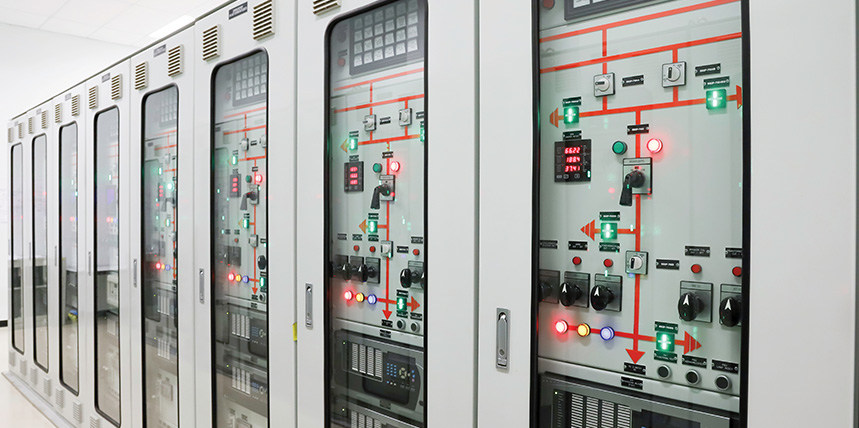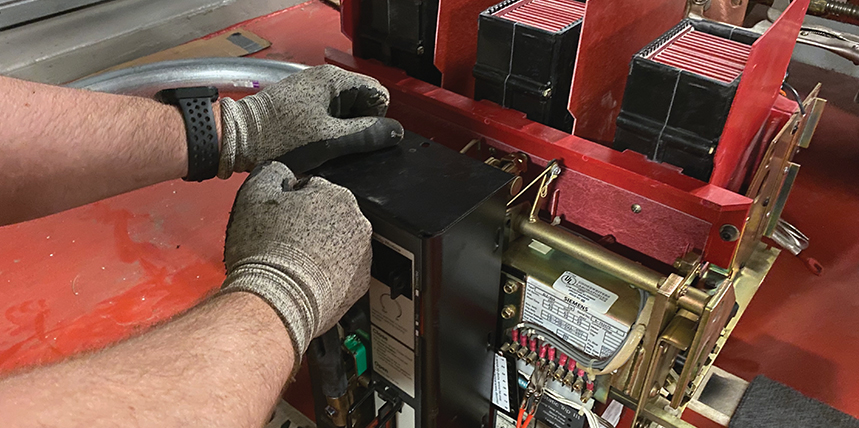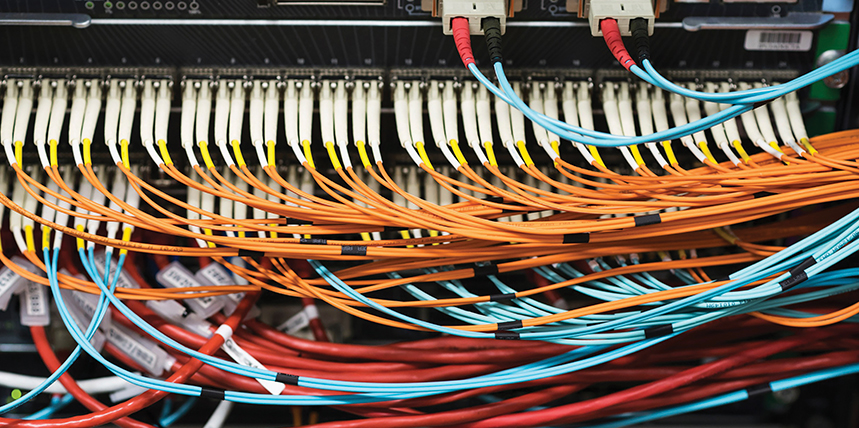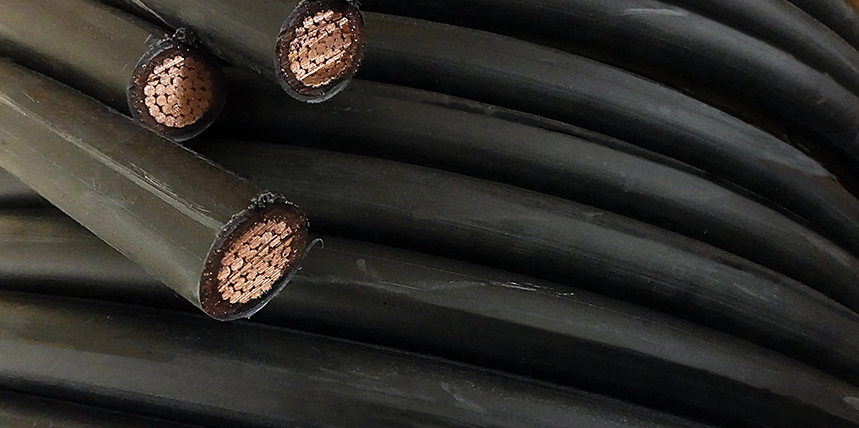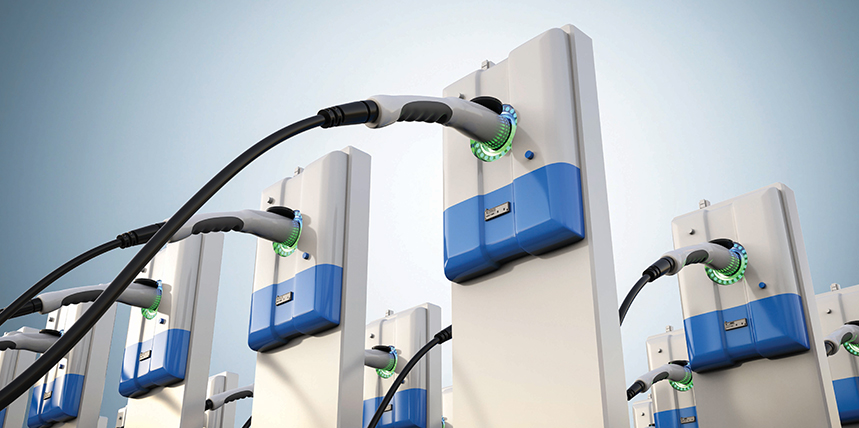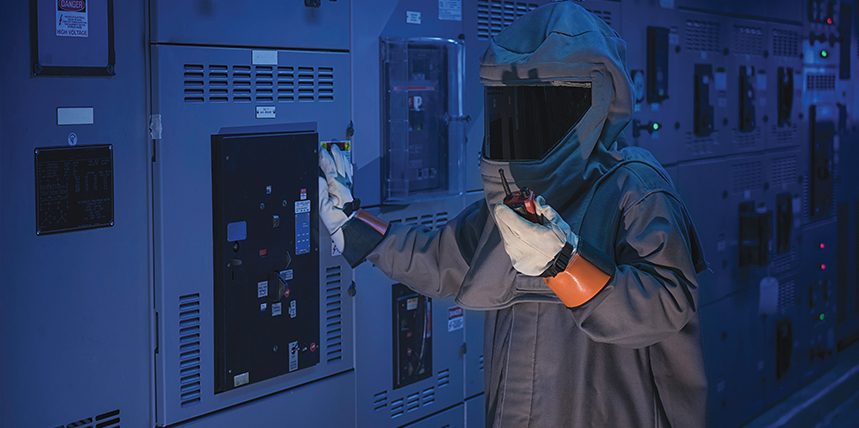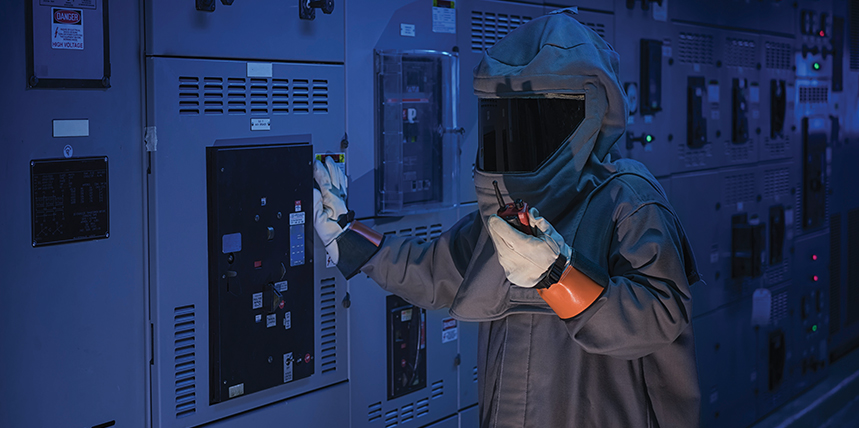Periodic and continuous electrical signature analysis can be used to evaluate the general condition and power quality that affects oil- and dry-type transformers. This article discusses how conditions such as loose connections, resonance, component looseness, and failing electrical components can be detected. Case studies from several applications including wind power, solar, and industrial dry- and oil-type transformers are presented. ELECTRICAL …
A Review of Current Protection Testing Practices
Current protection testing practice is the result of history, custom, and seemingly conflicting motivations. Despite dramatic advances in protection system technology, protection testing philosophy and practice have not kept pace. This article reviews past and present protection testing practices and explores ways the industry could evolve to meet current and future challenges. As it was in the very beginning, the …
From Should to Shall: NFPA 70B Becomes a Standard
In today’s rapidly evolving industrial landscape, ensuring the reliable operation and safety of electrical systems is crucial. More than ever, facility managers and businesses must prioritize regular maintenance, testing, and repairs to prevent hazards to equipment and personnel as well as costly downtime. Over the years, convincing clients of the importance of these electrical maintenance services has met various challenges, …
Relay Testing in the Digital Substation
IEC 61850-based protection, automation, and control (PAC) brings a lot of advantages. Therefore, the adoption of the standard has been consistently increasing. IEC 61850 defines much more than just protocols; it defines a data model to represent information in the power grid. It also defines services for communicating data and a system configuration language (SCL) that allows configuration data to …
Substation Communications — A Primer
In the early days of protective relaying, it was recognized that communications between substations could improve relaying performance. Schemes such as power line telephony (1920s) and pilot wire relaying (1930s) evolved into digital time division multiplexers (TDMs) (invented in 1960s and used for power system communications in 1970s). TDM allowed audio teleprotection, audio-based relaying, SCADA, and telephony to share a single link …
Insulation Assessment Using Non-Invasive Techniques
The status of the insulation in a rotating machine can be evaluated using various testing techniques. Static tests are performed while the motor is disconnected from the system, typically during manufacturing, commissioning, maintenance, or repairs. The goal of a static test is to provide an accurate picture of the machine’s electrical characteristics. Static tests can often be performed from the …
Measuring Partial Discharge on Medium-Voltage Cables
Partial discharge (PD) testing is a form of diagnostic testing for power cable systems. PD testing of medium- and high-voltage cable applications is beneficial when paired with other cable tests including very-low frequency (VLF) and tan delta (TD) tests. Partial discharge testing is another way to judge a cable’s insulation vitality or ability to endure electrical stress. Utilizing PD as …
EV Chargers: Power Grid Impact and Maintenance Requirements
Electric vehicle adoption as a viable means of transportation is a mega-trend across the globe. One driver pushing this trend is the environmental benefit of reduced air pollutants and greenhouse gases. Government incentives working to increase consumer affordability of these vehicles is another factor promoting EV adoption. Additionally, rising fuel prices and reduced overall maintenance costs for EVs contribute to …
Impact of Changes to IEEE Std. 1584, IEEE Guide for Performing Arc-Flash Hazard Calculations — Part 2
In the Spring 2022 edition of NETA World, Part 1 of this article provided a brief history and evolution of electrical safety over the past 50 years. It was during this period that OSHA was formed and NFPA began developing the 70E standard. We also reviewed some of the key changes from the original 2002 edition of IEEE 1584 to …
Impact of Changes to IEEE Std. 1584, IEEE Guide for Performing Arc-Flash Hazard Calculations – Part 1
In 2018, major changes were made to the calculations and procedures for determining arc-flash incident energy levels from the original 2002 edition of the IEEE Std. 1584, IEEE Guide for Performing Arc-Flash Hazard Calculations[1]. Now, three years since its release, facility owners and arc-flash service providers still debate how, when, and where to apply the new calculation methods. While the …

